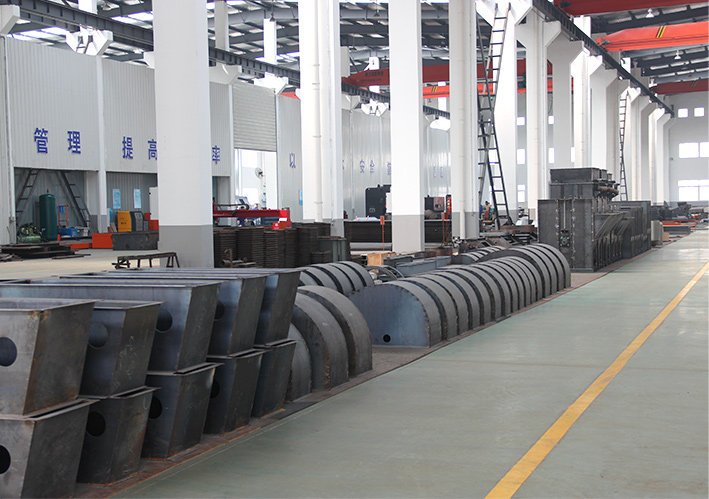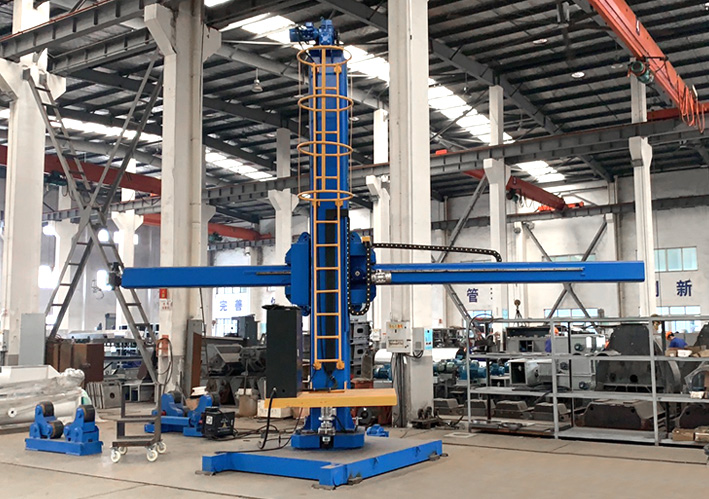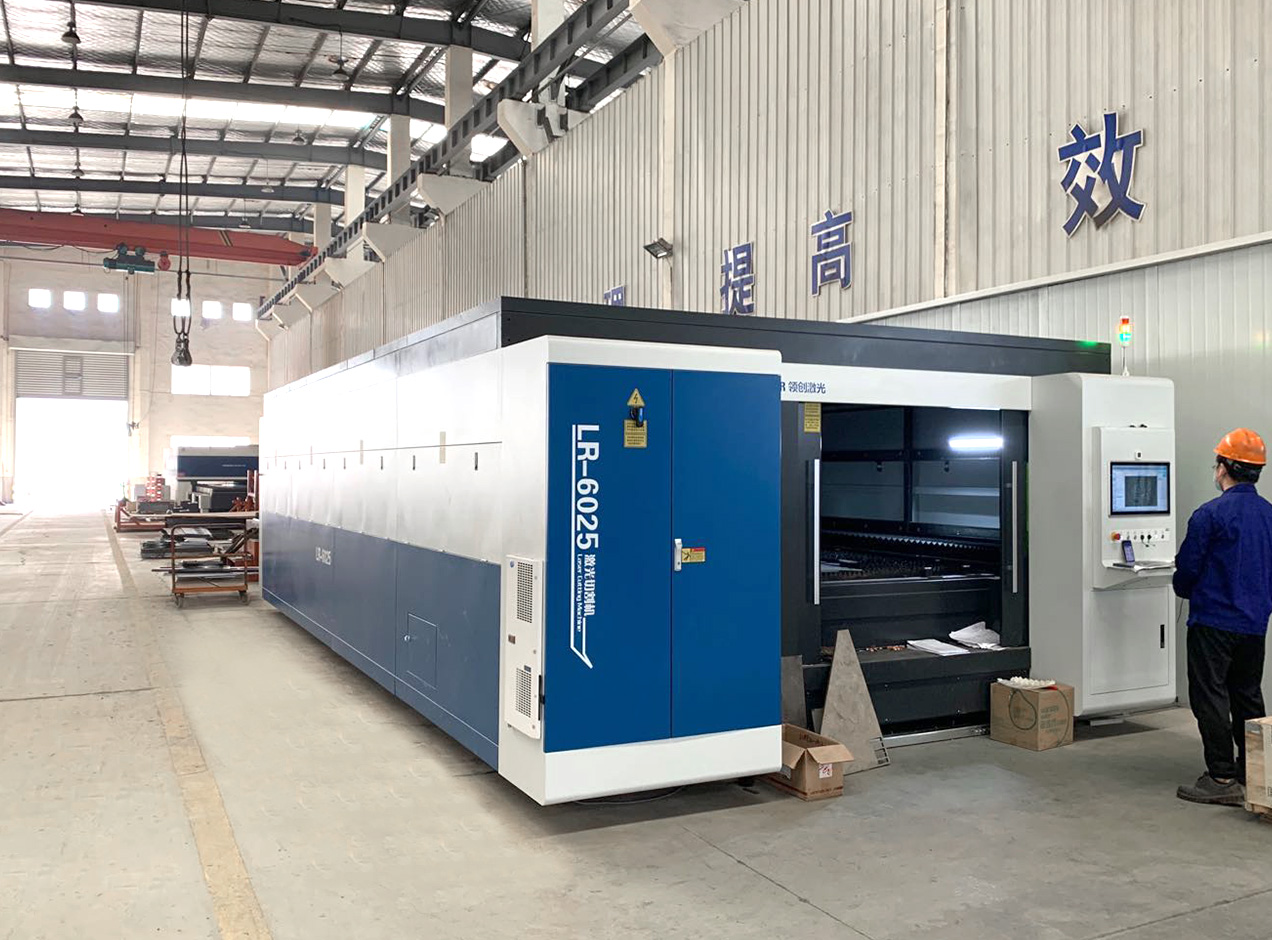Are there any specific safety considerations when using a horizontal feed mixer?
When using a horizontal feed mixer, there are several important safety considerations to keep in mind. Here are some general guidelines to ensure safe operation:
Familiarize yourself with the equipment: Read the manufacturer's instruction manual thoroughly before operating the horizontal feed mixer. Understand its components, controls, and safety features.
Personal protective equipment (PPE): Always wear appropriate PPE, such as safety goggles, ear protection, gloves, and steel-toe boots, when working with the mixer. Consider wearing a dust mask if necessary to protect against airborne particles.
Training and supervision: Ensure that operators and other personnel who work with the horizontal feed mixer receive proper training on its safe operation, including understanding the potential hazards and risks associated with its use. Provide supervision, especially for inexperienced operators.
Equipment inspection: Before each use, inspect the mixer for any damage, worn-out parts, or loose connections. Pay attention to the blades, drive system, and any safety guards. If you notice any issues, have them repaired or replaced by a qualified technician.
Secure the area: Ensure that the work area is clear of debris, obstacles, and bystanders. Post warning signs or use barriers to prevent unauthorized access during operation.
Power source and electrical safety: If the mixer is powered by electricity, inspect the power cord for any damage before plugging it in. Make sure the power source is compatible and grounded properly to minimize the risk of electrical accidents.
Load capacity: Do not exceed the mixer's recommended load capacity. Overloading can affect its stability and performance, potentially leading to accidents or equipment damage.
Mixing process: Follow the manufacturer's guidelines for loading the feed materials into the mixer. Distribute the materials evenly and avoid creating imbalanced loads. Never reach into the mixer while it is in operation, and do not remove or adjust any parts while it is running.
Emergency stop: Familiarize yourself with the emergency stop mechanisms of the mixer. Ensure that they are easily accessible and in proper working condition. Test the emergency stop function periodically.
Maintenance and cleaning: Regularly maintain the mixer according to the manufacturer's recommendations. Clean it thoroughly after each use, removing any residual feed or debris that may affect its performance or cause contamination.
What is a Batch Feed Mixers?
A
batch feed mixer is a type of agricultural machinery used in the livestock industry for mixing animal feed ingredients. It is designed to efficiently blend various types of feed components into a uniform and consistent mixture, which is then fed to livestock such as cattle, poultry, or swine.
Batch feed mixers are typically used on farms or in feed production facilities. They are available in different sizes and configurations to accommodate the specific needs of the operation. The mixer consists of a large horizontal drum or trough with rotating blades or augers inside. The feed ingredients, which can include grains, protein sources, vitamins, minerals, and additives, are loaded into the mixer in predetermined quantities.
Once the ingredients are loaded, the mixer is activated, and the blades or augers rotate, ensuring that the ingredients are thoroughly mixed. This process helps to achieve a homogeneous blend, ensuring that each animal receives a consistent ration of nutrients in their feed. Some mixers may also have additional features such as liquid injection systems for adding water, molasses, or other liquid supplements to the mixture.
Batch feed mixers offer several advantages. They allow for precise control over feed formulation, ensuring that animals receive the appropriate balance of nutrients. They also help improve feed efficiency and minimize feed wastage. Additionally, batch mixers can be time-saving and labor-efficient, as they automate the process of blending feed ingredients.

 English
English Español
Español عربى
عربى Français
Français





















 Tel: 0086-519-87905108
Tel: 0086-519-87905108  Email:
Email: 